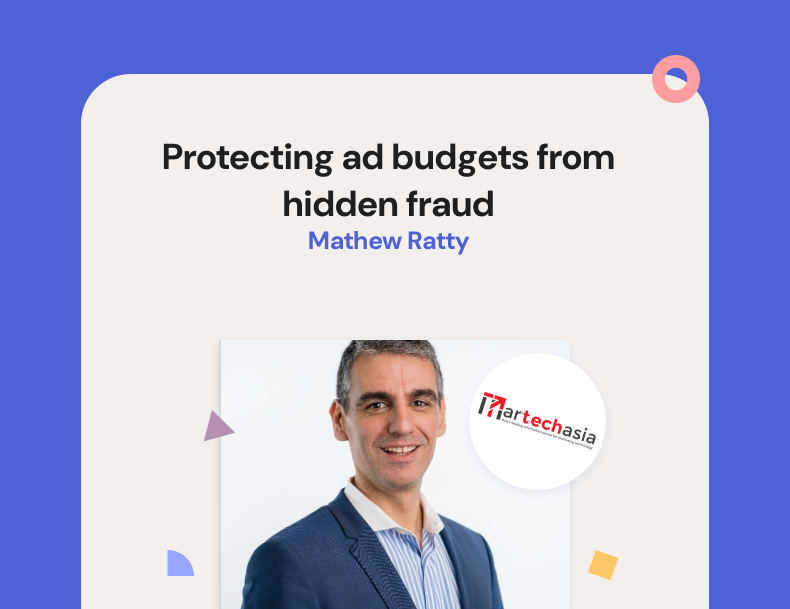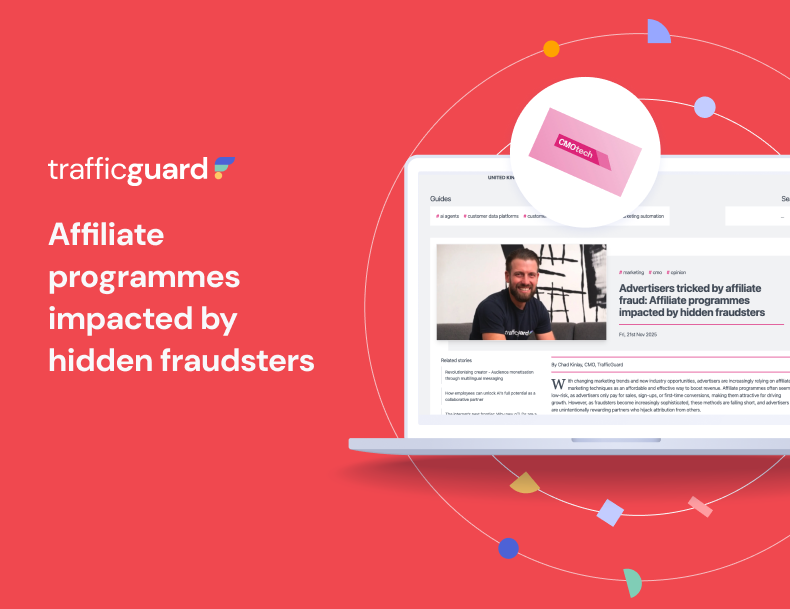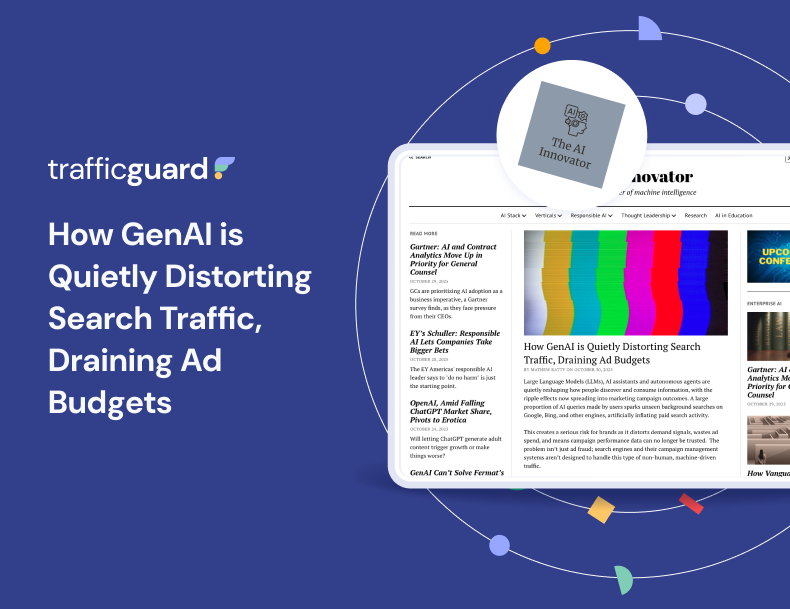Opacity a key issue with the digital advertising industry

This interview was originally published on Geospatial World.
Lack of communication and opacity, in general, has been a problem with the adtech world. The industry, in general, has a poor job of communicating to the end-user as to why they are being tracked and how they can actually benefit from tracking, believes marketing technology veteran Luke Taylor.
“Few consumers understand how any of this works, and with lack of understanding it’s simple to just say no and block it,” explains Taylor, who is COO and founder at adtech company TrafficGuard as well as a member of the Interactive Advertising Bureau’s Project Rearc, which is aiming to re-architect the digital marketing industry in response to growing privacy-related concerns. He also believes the removal of IDFA by Apple is going to exacerbate that which will be detrimental to the advertiser.
In a free-wheeling interview, Taylor talks about Apple’s rushed nature of the IDFA proposal (now delayed reportedly because of intense pressure from Facebook), what advertisers are doing wrong in terms of consumer privacy, or how the adtech ecosystem encourages fraudulent traffic.
The excerpts:
How have web browser-placed ads have already been hit by Apple’s anti-tracking opt-in requirement?
It seems like we have had a series of announcements and delays of new features under the pretence of consumer privacy from Google and Apple. The latest of these is the requirement for apps on the Apple store to transition from UIWebView to WKWebView wherewith the update of iOS 14 and macOS, Intelligent Tracking Prevention (ITP) will be activated by default.
ITP is an Apple initiative designed to prevent companies from tracking user browsing behaviour. It has big implications for advertising, retargeting, attribution, frequency capping, and the value of inventory for monetization among likely hundreds of other areas.
Apple implemented ITP in its own Safari browser back in 2017 and since then it has been a cat and mouse game as ad tech tries to develop new ways to perform old tricks and Apple quashes workarounds. The challenges of operating within ITP’s bounds are about to extend beyond the Safari audience, to the full Apple audience regardless of browser.
While the deadline for WKWebView has been extended to beyond the end of 2020 , many browsers have already implemented it as this updated framework is required if developers want to let users set their non-safari browsers as default browsers in Apple devices.
How will IDFA opt-in exacerbate the problem of mobile advertising fraud and why brands can expect to see their mobile advertising RoI go down once IDFA opt-in begins?
Opacity has always been a characteristic of the digital advertising ecosystem – and unfortunately, removal of IDFA is going to exacerbate that, to the detriment of the advertiser. With IDFA not being tracked as a default, it is one less data point available for attribution and importantly, one less data point that ad fraud perpetrators need to obfuscate or spoof to make their invalid traffic appear legitimate.
At TrafficGuard, we already see a lot of invalid traffic masquerading as devices with LAT enabled. This has been a popular way for fraudsters to attempt to obfuscate details about the traffic they are sending. One user with LAT enabled is not suspicious, but high proportions of LAT enabled devices from individual sources or sites does point to suspicious activity. The removal of IDFA is going to take this to the next level because where high proportions of LAT enabled devices was previously an indicator of invalid traffic, for devices running iOS14 it will be the norm.
Impacts on advertising ROI are going to be evident in multiple ways. It is going to be harder to target users and retargeting as we know it, will no longer work. Shorter lookback windows will make it harder to determine advertising effectiveness and measure ROI, even if the underlying ROI doesn’t change.
But the biggest impact on ROI is going to be on the proportion of invalid traffic that is able to steal ad spend. Every dollar wasted on ad fraud is a dollar that delivers no ROI. It is going to be more important than ever for advertisers to use independent verification across the full advertising journey.
Learn more: CISOs should put ad fraud security on their radars
What the downfalls of increased consumer privacy and how can a proper balance be achieved?
Consumer privacy is definitely something that needs to be protected. There are no downfalls in increasing consumer privacy but there are certainly downfalls in some methods to achieve it. This method, in particular, is going to impact not only the effectiveness of advertising, which let’s face it, few end users really care about, but it is going to significantly impact the user experience. Frequency of seeing the same ads will increase, the relevance of ads to your life will decrease. Both the user and advertiser stand to lose out. As does the publisher, who is trying to monetize the content on their website through advertising – as conversions fall, so too does the value of their advertising inventory.
The second-order impacts from here could be less independent publishing, less choice as only established brands can afford to advertise in a substantially less effective digital advertising ecosystem. Ad fraud will likely flourish under the shroud of privacy features, putting more money in the pockets of organized crime.
The online world is an ecosystem and it is important to thoroughly explore the consequences of new measures. This clearly did not occur before Apple made its initial IDFA and WKWebView, as now deadlines for both have been pushed back to 2021. Balance can be achieved but stakeholders from the whole ecosystem should be part of finding the solution – not just one company.
Get started - it's free
You can set up a TrafficGuard account in minutes, so we’ll be protecting your campaigns before you can say ‘sky-high ROI’.
At TrafficGuard, we’re committed to providing full visibility, real-time protection, and control over every click before it costs you. Our team of experts leads the way in ad fraud prevention, offering in-depth insights and innovative solutions to ensure your advertising spend delivers genuine value. We’re dedicated to helping you optimise ad performance, safeguard your ROI, and navigate the complexities of the digital advertising landscape.
Subscribe
Subscribe now to get all the latest news and insights on digital advertising, machine learning and ad fraud.







